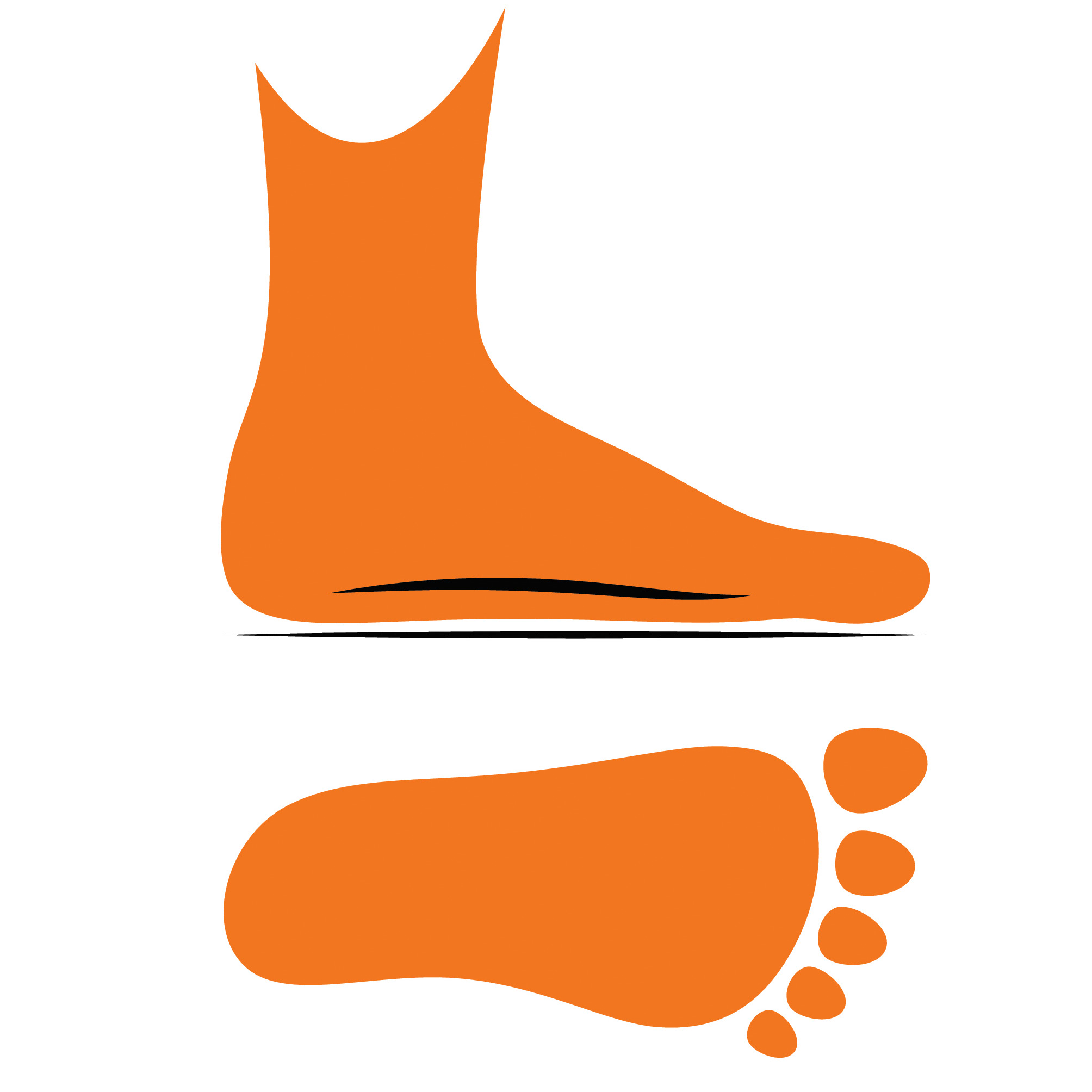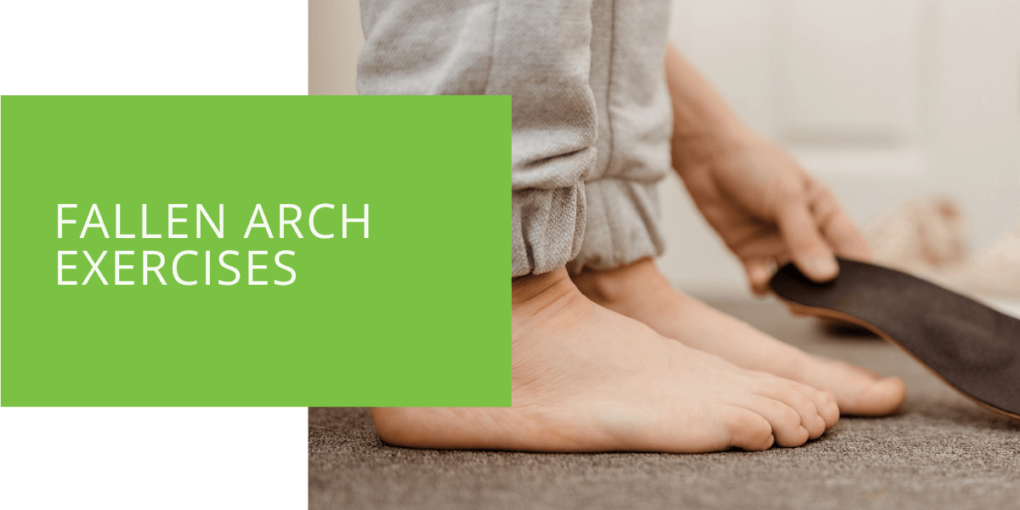Fallen Arch Exercises
Flat feet, also known as fallen arches, can challenge foot and ankle health. The lack of proper arch support can lead to discomfort and affect overall foot mechanics. However, incorporating specific exercises into your daily routine can strengthen your feet and alleviate the symptoms associated with fallen arches. In this article, we will explore various activities that target the arches, the ball of your foot, and the surrounding muscles. Whether you're looking to prevent or address fallen arches, these exercises recommended by podiatrists can help improve foot and ankle function.
Understanding Fallen Arches
Fallen arches occur when the arches of the feet flatten, causing the entire sole to touch the ground. This condition can be caused by various factors such as genetics, obesity, injury, or weakened foot muscles. Individuals with fallen arches may experience foot pain, arch strain, and difficulty finding properly fitting footwear. Ignoring these symptoms can lead to complications such as plantar fasciitis, an inflammation of the tissue connecting the heel bone to the toes. To address fallen arches effectively, it is crucial to understand your arch type and seek appropriate exercises.
Evaluating Your Arch Type
Before diving into fallen arch exercises, it's important to determine your specific arch type. There are three main arch types: normal arches, high arches, and flat feet. To assess your arch structure, try the simple wet foot test. Wet the soles of your feet and step onto a surface that will leave a visible footprint. If the entire sole is imprinted, you likely have flat feet. You have normal arches if you see only the arch and the ball of the foot with a narrow connection. A prominent arch and minimal footprint in the middle characterize high arches. Remember, a professional podiatrist can diagnose accurately and recommend suitable exercises based on your arch type.
Benefits of Fallen Arch Exercises
Incorporating fallen arch exercises into your daily routine offers numerous benefits. These exercises target the muscles responsible for supporting the arches and can help alleviate pain and discomfort associated with flat feet. Regularly engaging in fallen arch exercises can strengthen the foot muscles, improve arch support, and enhance overall foot mechanics. Additionally, these exercises may help prevent or manage conditions such as plantar fasciitis, commonly due to fallen arches.

Effective Fallen Arch Exercises
Arch Strengthening Exercises
- Arch Lifts: Stand barefoot and slowly lift the arches of both feet, focusing on engaging the muscles in your arches. Hold for a few seconds, then release. Repeat for 10-15 repetitions.
- Toe Curls: While sitting or standing, place a small towel on the floor and use your toes to scrunch and pull the towel toward you. This exercise helps strengthen the muscles of the arch. Perform 2-3 sets of 10-12 repetitions.
Ankle Stabilization Exercises
- Ankle Circles: Sit or stand with one foot lifted slightly. Rotate the lifted foot in a circular motion, both clockwise and counterclockwise. Repeat for 10-15 rotations in each direction.
- Single-Leg Balances: Stand on one foot and lift the other leg off the ground. Maintain your balance for 30 seconds, then switch to the other leg. Perform 2-3 sets on each leg.
Calf Stretching and Strengthening Exercises
- Calf Raises: Stand with your feet hip-width apart, rise onto your toes, and lower your heels back to the ground. Repeat for 15 to 20 repetitions, gradually increasing the number as your calf muscles strengthen.
- Wall Stretches: Stand facing a wall, with one foot slightly behind the other. Lean forward, keeping both heels on the ground until you feel a stretch in your calf. Hold for 30 seconds on each leg, repeating 2-3 times.
- Foam Rolling: Sit on the floor with a foam roller under your calf. Roll back and forth, applying gentle pressure on tight or sore areas. Continue for 1-2 minutes on each leg.
Arch-Supportive Footwear Recommendations
When choosing footwear for fallen arches, look for shoes with good arch support and cushioning. Opt for models with built-in arch support or consider using orthotic inserts to provide additional support. It's important to ensure that your shoes provide stability and promote proper foot alignment.
Precautions and Tips
Before starting any exercise regimen for fallen arches, consider the following precautions and tips:
- Warm-up: Before engaging in fallen arch exercises, warm up your feet and ankles by performing gentle ankle circles, foot flexes, and toe stretches. This helps prepare the muscles for exercise and reduces the risk of injury.
- Gradual progression: Start with exercises that are comfortable for your current fitness level and gradually increase the intensity and duration. Avoid pushing yourself too hard too quickly, leading to strain or injury.
- Seek professional guidance: If you experience persistent pain or have severe fallen arches, it is recommended to consult with a podiatrist or a qualified healthcare professional. They can provide personalized advice, evaluate your needs, and recommend suitable exercises and treatment options.
Conclusion
Incorporating fallen arch exercises into your daily routine is a proactive step towards strengthening your feet, improving arch support, and enhancing foot and ankle function. Regularly engaging in arch-specific exercises can alleviate discomfort, reduce the risk of complications such as plantar fasciitis, and enhance your overall foot health. Understanding your arch type and seeking professional guidance is crucial for effective management. So lace up your shoes, dedicate a few minutes daily to these exercises, and take the first steps towards stronger, healthier feet.

